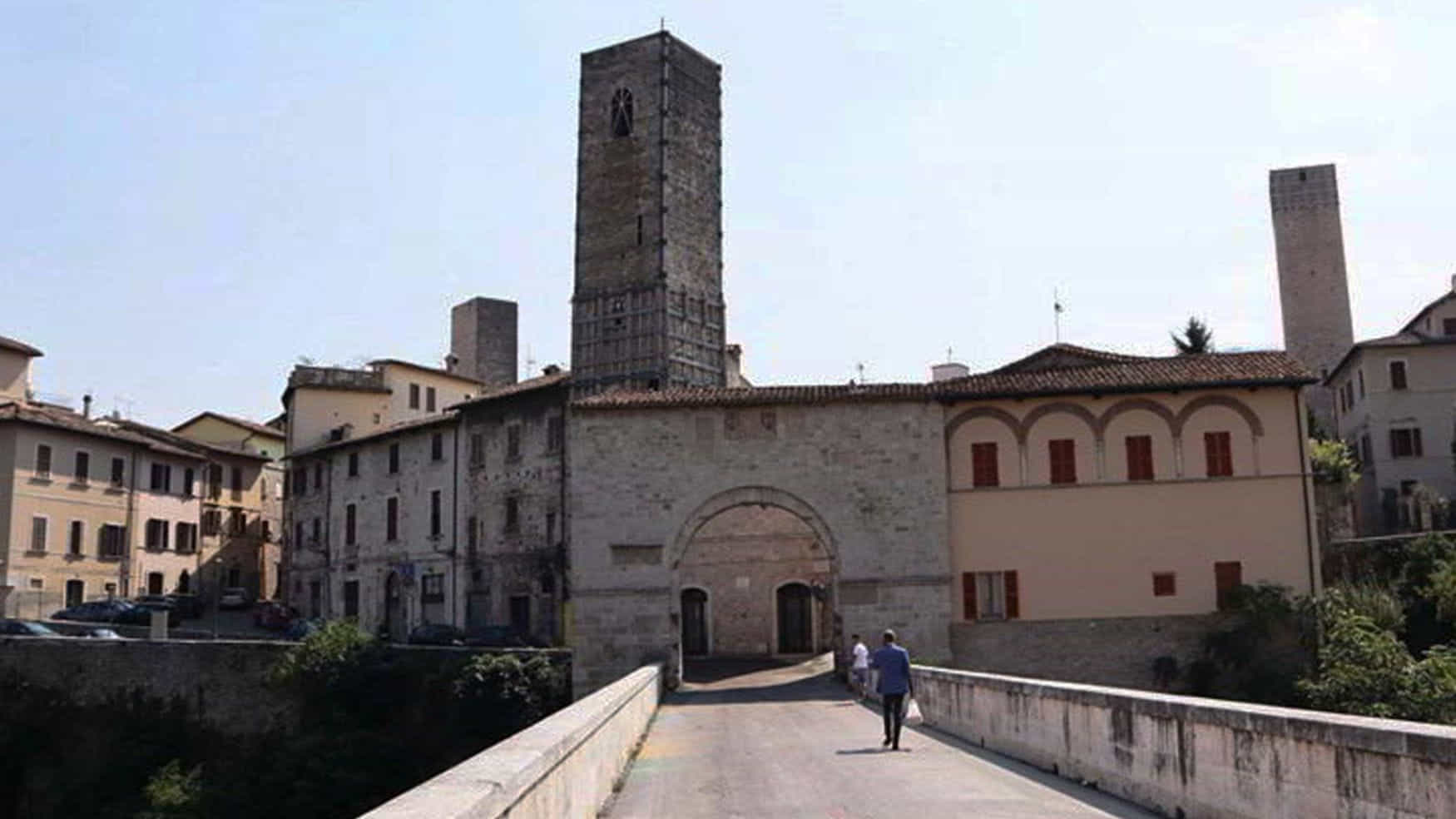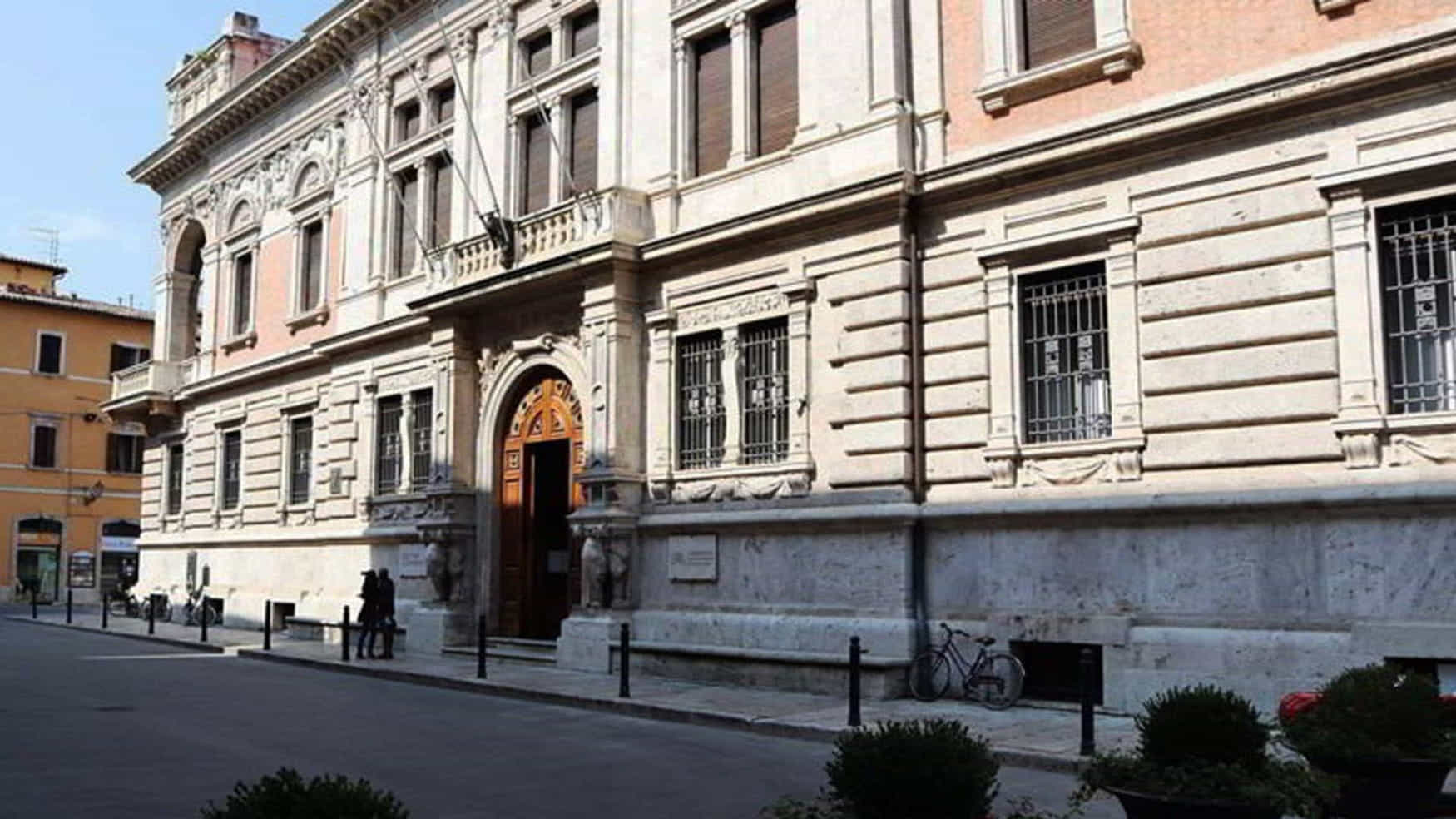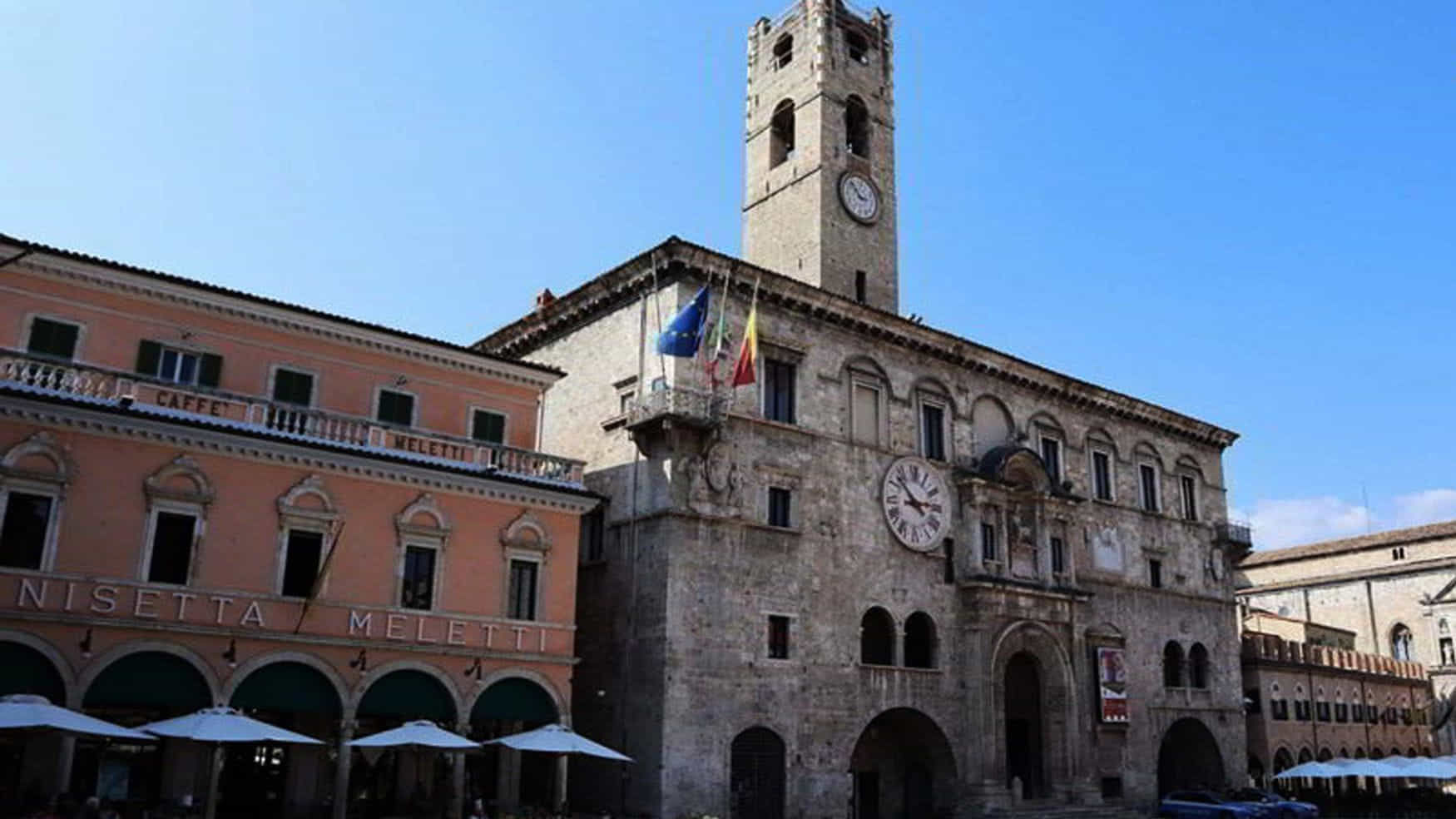HOME
THE REGIONS OF ITALY
PLACES IN ITALY
Italy in Photos
Piazza Giovanni Giacomini, 63100 Ascoli Piceno AP, Italy (September 2020)
Ascoli Piceno
Ascoli Piceno is a historic town in the Marche region of central Italy, known for its stunning medieval architecture, rich cultural heritage, and vibrant local traditions. Nestled between the Adriatic Sea and the Apennine Mountains, Ascoli Piceno is often overlooked by tourists in favour of more famous Italian destinations, making it a hidden gem for travellers seeking an authentic Italian experience. With a population of around 50,000, the town combines a lively atmosphere with the charm of a well-preserved historic centre, offering a perfect blend of history, culture, and natural beauty. Ascoli Piceno’s origins can be traced back to pre-Roman times, when it was founded by the Italic tribe of the Picentes, giving the town its name. In the 3rd century BCE, it became part of the Roman Empire and quickly grew in importance due to its strategic location along the Via Salaria, an ancient Roman road that connected the salt mines of the Adriatic coast to Rome. Remnants of Ascoli Piceno’s Roman past can still be seen today in the form of ancient walls, arches, and the remains of the Roman theatre. Throughout the Middle Ages, Ascoli Piceno flourished as a centre of trade and politics, particularly under the rule of local noble families. Its strategic location made it a sought-after stronghold, and the town experienced numerous conflicts and sieges. Despite the turmoil, it thrived artistically and architecturally, and much of the town’s medieval heritage remains intact. Today, Ascoli Piceno is recognized for its well-preserved historic centre, often referred to as one of the most beautiful in Italy. At the heart of Ascoli Piceno is the Piazza del Popolo, widely regarded as one of Italy’s most beautiful squares. This Renaissance square, paved with smooth travertine stone, is the town’s social and cultural hub. It is surrounded by elegant buildings, including the Palazzo dei Capitani del Popolo, a medieval palace that once served as the seat of local government. The square is also home to the Caffè Meletti, a historic café known for its Art Nouveau style and its signature anisette liqueur.
Another architectural gem in Ascoli Piceno is the Duomo di Sant’Emidio, the town’s cathedral dedicated to Saint Emidio, the patron saint of earthquakes. The cathedral, which dates to the 5th century, features a Romanesque façade and houses several important works of art, including a beautiful altarpiece by Carlo Crivelli, a Renaissance painter known for his detailed religious works. The Church of San Francesco, located near Piazza del Popolo, is another highlight. This impressive Gothic church, built between the 13th and 16th centuries, boasts an ornate rose window and a stunning interior filled with frescoes and sculptures. The church’s cloister is also a peaceful retreat, providing a quiet space amidst the town’s bustling streets. Ascoli Piceno is a town deeply rooted in its traditions, and one of the most famous is the Giostra della Quintana, a medieval jousting tournament that takes place twice a year, in July and August. The Quintana is a colourful celebration of the town’s history, where participants dress in elaborate medieval costumes, and knights from different districts compete in a horseback jousting competition. The event attracts visitors from across Italy and beyond, providing a vivid glimpse into the town’s rich cultural past. Local gastronomy is also an integral part of Ascoli Piceno’s identity. The town is particularly famous for its olive all’ascolana, a local delicacy consisting of olives stuffed with meat, breaded, and fried. This delicious appetizer is a must-try for visitors, and it reflects the town’s agricultural traditions and culinary creativity. Ascoli Piceno is not only rich in history and culture but also offers easy access to the stunning natural landscapes of the Marche region. The town is surrounded by rolling hills, vineyards, and olive groves, with the nearby Sibillini Mountains offering opportunities for hiking, skiing, and exploring nature. The Riviera delle Palme, a stretch of the Adriatic coast, is just a short drive away, providing visitors with pristine beaches and crystal-clear waters. Ascoli Piceno is a town where history, art, and tradition come together in a spectacular setting. Its well-preserved medieval centre, elegant piazzas, and vibrant local culture make it a must-visit destination for travellers looking to explore a less-touristed but incredibly rich part of Italy. Whether wandering its ancient streets, enjoying its culinary delights, or partaking in its festivals, visitors to Ascoli Piceno are sure to experience the timeless charm and beauty of this remarkable town.
Worth a Visit
The Ponte Romano (Roman Bridge) in Ascoli Piceno, Italy, stands as a remarkable testament to the engineering prowess and architectural genius of the Roman Empire. Constructed in the 1st century BCE, this ancient bridge spans the Tronto River, serving not only as a crucial point of connection for the Via Salaria—an important Roman road linking Rome to the Adriatic Sea, but also as a symbol of the city’s enduring historical legacy. Despite the passage of over two millennia, the Ponte Romano remains in excellent condition and continues to be used by pedestrians today, showcasing the durability and skill of Roman construction methods.
For more information about the
Ponte Romano, click the image.
The Corso Giuseppe Mazzini in Ascoli Piceno is one of the city’s most emblematic boulevards, an elegant artery that runs through the heart of the medieval and Renaissance centre. Steeped in history dating back to Roman times and lined with architectural treasures from multiple eras, the Corso offers a vivid introduction to Ascoli Piceno’s rich cultural identity. Beginning as a principal Roman decumanus (east–west main street), Corso Mazzini was unearthed during archaeological excavations in 2013. These revealed multiple strata beneath the modern surface—including Roman paving stones with chariot wheel grooves, trodden for centuries, and even deeper, earlier roadbeds and walls in opus quasi reticulatum construction.
For more information about the
Corso Giuseppe Mazzinim, click the image.
Piazza del Popolo in Ascoli Piceno is often hailed as one of Italy’s most beautiful and harmonious civic spaces, a Renaissance gem that truly deserves its reputation as the city’s social and architectural heart. Located at the crossroads of Corso Giuseppe Mazzini and Via del Trivio, this elegant rectangular piazza (approximately 29 × 87 m) has functioned as the living room of Ascoli Piceno for centuries, where locals gather for conversation, passeggiata, festivals, and quiet reflection. The square’s impressive unity of style dates back to a major urban redesign in the early 1500s, commissioned by Governor Raniero de’ Ranieri. Between 1507 and 1509.
For more information about the
Piazza del Popolo, click the image.
Photo Gallery of Walk 1 – Via Bengasi to Lungo Tronto Bartolomei
Approximately 0.90 km – 0.56 miles
The walk starts in Via Bengasi – Tempietto di Sant’Emidio Rosso, Via Berardo Tucci – Via Berardo Tucci – Via Rigante Adriano – Ponte Romano – Via di Solestà – Via Delle Donne – Piazza Ventidio Basso – Via E Tamburini – Piazza Santa Maria Inter Vinea – Lungo Tronto Emidio Bartolomei – Lungo Tronto Bartolomei – Piazza Giovanni Giacomini – Via Giuseppe Sacconi – Corso Giuseppe Mazzini – Piazza del Popolo – Via Panichi Alessandro – Piazza Roma – Via del Crocifisso – Via Antonio Orsini – Corso Giuseppe Mazzini – Piazza Sant’Agostino
COPYRIGHT © 2018-2025 ITALY IN PHOTOS - ALL RIGHTS RESERVED


